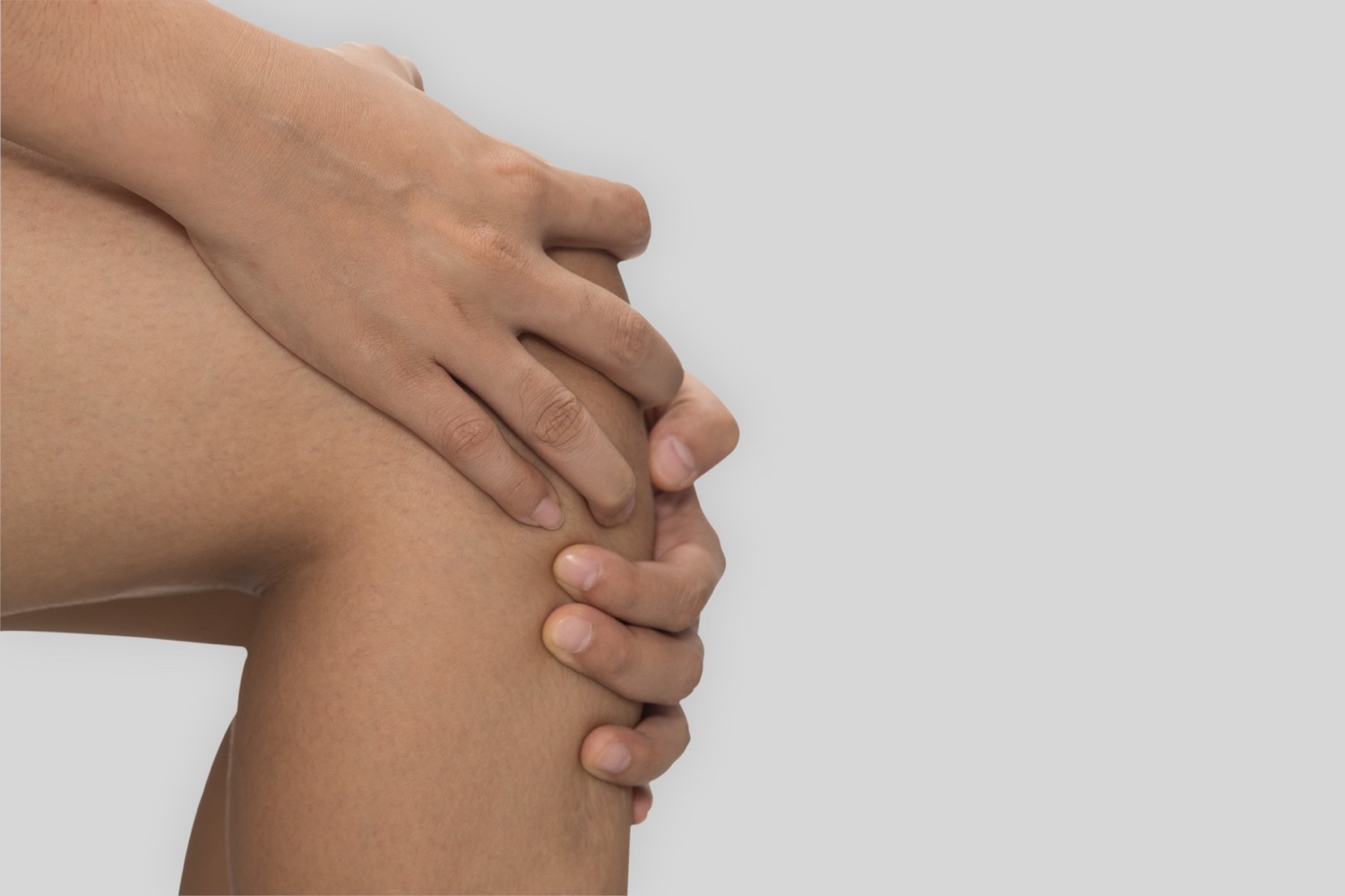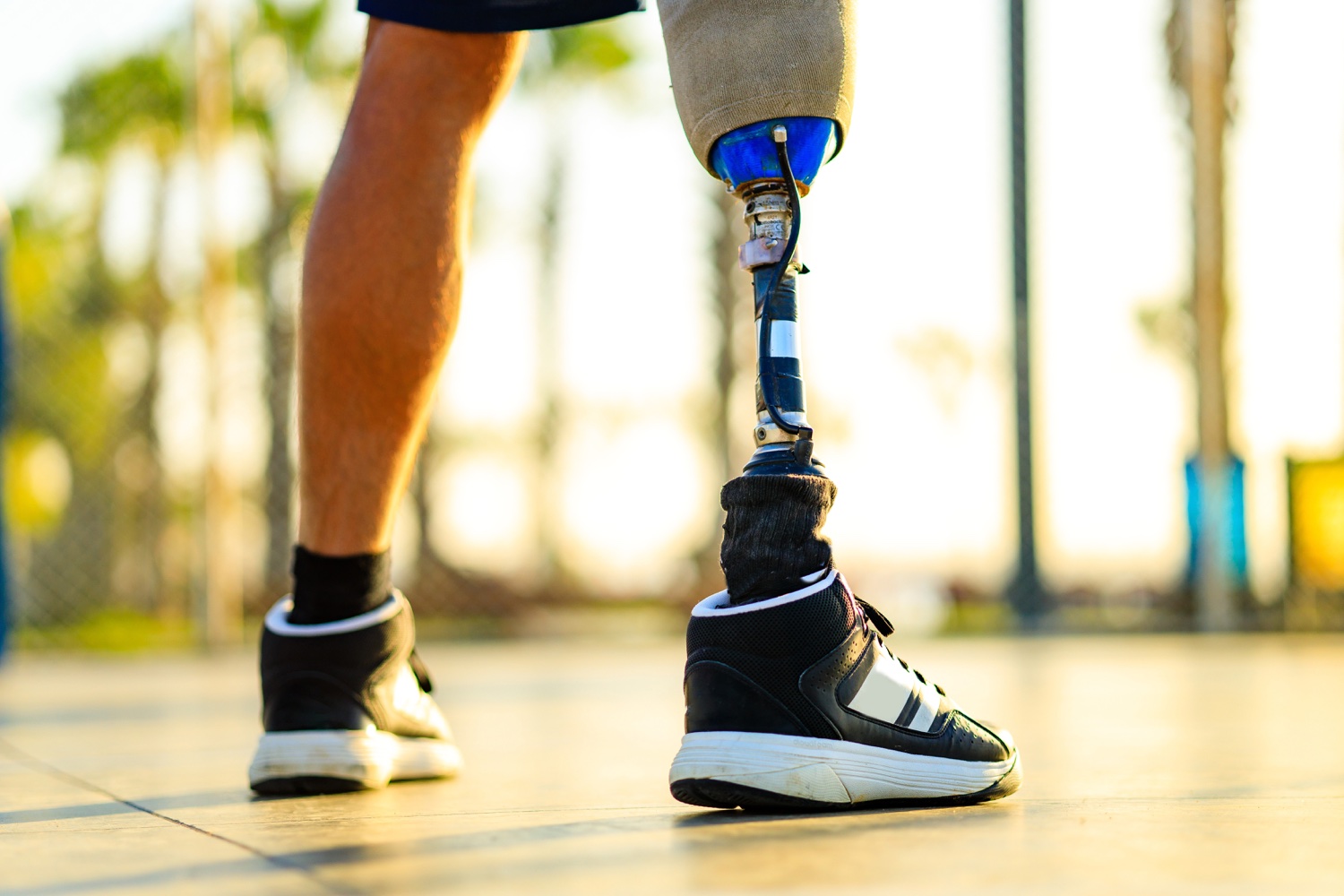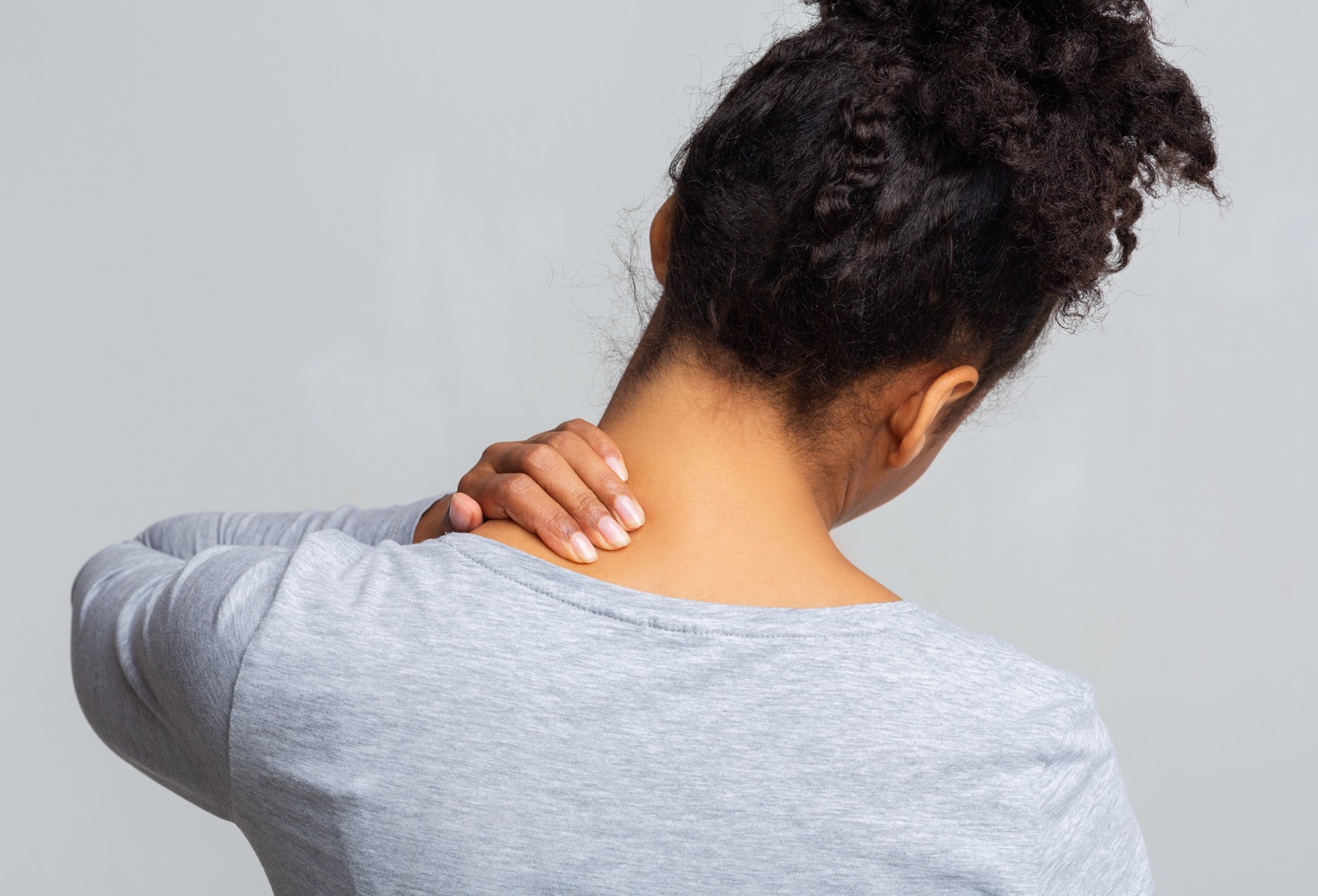Orthopedics and traumatology is a branch of medicine that includes injuries to ligaments, tendons, joints, and nerves, along with the entire musculoskeletal system. Musculoskeletal integrity is important for the healthy and proper functioning of other body systems. In addition, it is one of the most basic requirements for our participation in the life, since we realize all our daily life activities and human needs through our musculoskeletal system. Diagnosis and treatment of common problems such as joint pain, back-neck pain, loss of limbs and which impair both the comfort and general health of patients are provided by health professionals working in the field of orthopedics and traumatology. Doctors, technicians, nurses, and physiotherapists specialized in different fields work as part of the orthopedics and traumatology team.
Arthritis

The joints in the human body are composed of the joint capsule, joint fluid (synovial fluid), and cartilage (articular cartilage) structures. Two bone surfaces make up each joint, and these two bone surfaces are covered with cartilage tissue. The joint capsule surrounds the joint, and this capsule is filled with a sticky, egg-white joint fluid called synovial fluid. Joint fluid plays a role both in the smooth realization of joint movement and in the nutrition of the joint.
Articular cartilage, on the other hand, is involved in the protection of the bones forming the joint, the distribution of the load on the joint, the lubrication of the joint with the synovial fluid, and the stabilization of the joint by creating negative intra-articular pressure with the effect of the synovial fluid and joint capsule. Arthritis, also known as calcification or joint inflammation among people, is a painful disease due to a condition in which the articular cartilage is destroyed, sometimes accompanied by bone tissue deterioration, causing inflammation in the joint and surrounding tissues. Arthritis can occur in a single joint or many joints, depending on the way they occur.
Degenerative arthritis may develop due to a bacterial or viral infection, due to rheumatological problems without infection, or due to reasons such as aging, weight gain, misuse of the joint, and excessive use of the joint. Depending on the reasons for the development of arthritis, there may be some changes in the treatment procedures and durations. The most common cause of arthritis is degenerative disorders that develop due to aging and misuse of the joint. So much so that some scientific studies state that this type of degenerative joint problem appears in almost every individual over the age of 65. The most common areas of arthritis are the hands, spine, knees, and hips, but depending on the person, they can also be seen in other joints.
In the patient with arthritis, symptoms such as pain, stiffness, tenderness, redness, inflammation, and intra-articular sounds that occur with movement can be seen in the joints and tissues around the joint. Weakness in the muscles around the joint and limitation of joint movement are also among the symptoms. Depending on the level and type of arthritis, interventions such as medications, physiotherapy, lifestyle changes, or surgery can be used for treatment. Some patients can control the disease with simple lifestyle changes, weight loss, and medications for arthritis. However, in cases where these are not sufficient, physiotherapy applications and in more advanced cases surgery are important solutions for the disease. Surgery for arthritis includes interventions such as cleaning the joint surface defects, replacing the joint with a joint prosthesis, or freezing the joint in advanced cases. With the development of joint prostheses in recent years, joint freezing surgeries have decreased considerably.
Joint freezing is used as a last resort after joint prosthesis surgeries that fail to stabilize the joint or result in permanent failure. As a result, arthritis is a disease that can develop for many different reasons and therefore includes many different treatment methods, and is the biggest cause of joint problems, especially in the elderly.
Amputations

Amputation is the process of removing all or part of a limb from the body when the blood supply is irreversibly impaired due to a disease or serious injury. In general, the most common cause of amputation is circulatory problems in the limbs (peripheral vascular disease), while trauma remains the most common cause of amputation in younger patients. In children, the most common cause of amputation is congenital limb deficiency, followed by trauma.
When deciding to amputate a diseased or traumatized limb for any reason, the absolute indication is irreversible ischemia of the limb (the inability to nourish the tissue due to loss of blood supply). In such a situation, the decision to amputate is of vital importance for the patient. A limb that is not amputated when necessary can cause serious health problems and even death. Depending on the cause of the disease, the surgeon determines when the amputation will be performed and over what area. For example, in frostbite-induced amputations, a period of time can be waited to differentiate between living tissue and ischemic tissue, but it is vital that amputation is not delayed in some types of animal poisoning diseases that spread rapidly in tissues and cause tissue death. After amputation, the remaining part of the amputated limb is called the stump.
The structure of the stump may vary depending on the type of amputation surgery. This surgical procedure is determined by the surgeon depending on the disease, the limb to be amputated, the patient’s condition and the prosthesis to be used after amputation. After amputation, two different types of dressings can be applied. The first is the traditional dressing with gauze, cotton wool and bandages, which is a soft dressing. The other is a hard type of dressing that covers the stump with a plaster cast. The hard type of dressing is advantageous for wound healing as it does not interfere with the blood circulation of the stump. In addition, in some cases this cast allows the patient to stand up and move around even in the early stage of the amputation with the help of a temporary prosthesis.
The surgeon decides which type of dressing is appropriate for the patient. After dressing, it is useful to apply a bandage to shape the stump correctly and make it suitable for the prosthesis. It is important to start stump exercises and physiotherapy immediately to maintain the range of motion of the neighboring joints and increase the strength of the muscles that control the stump. Mostly prosthesis and gait training can be done about 2-3 months after amputation.
Lumbar – Cervical Hernia

The spinal cord extends throughout our body in a channel formed by the aligning of our spinal bones. Nerve branches emerge from the spinal cord, passing between the two vertebrae at each level and proceeding to different parts of the body. In addition, there are discs filled with fluid between our spines. Thanks to their soft and durable structure, these discs not only enable the spine to perform its movements but also protect the spine against the loads on the spine. However, discs can be strained and injured in cases such as too much load on the spine, traumas affecting the spine, too weak muscles around the spine, and long-term bad posture.
As a result of these injuries, the fluid in the disc presses on the disc sheath and sometimes creates a blister on the disc, and sometimes the fluid can come out of the disc completely and separate from the disc. This type of swelling, which is also known as hernia among people, can cause pain, numbness, weakness, and even circulatory problems in the areas where that nerve goes by pressing on the nerve branches extending between the vertebrae. Situations, where the fluid in the disc is completely separated from the disc, are more advanced and risky. This separated fluid can cause pressure and injury at any level of the spinal cord mixed into the spinal fluid.
Therefore, early intervention in such patients is important. Due to the structure of the spine, hernias are most common in the lumbar region between the fourth and fifth vertebrae (L4 – L5), and between the fifth vertebra in the lumbar region and the first vertebra in the sacral region (L5 – S1). In the neck region, they are frequently seen between the fifth and sixth vertebrae (C5 – C6) and the sixth and seventh vertebrae (C6 – C7). Because hernias affect the nerve branch at the level they are in, they may show symptoms both at the level they are located and along the limb where that nerve branch progresses. For this reason, sometimes the source of numbness felt by the patient at the fingertip may be in the waist, not in the foot. To determine this, the physician diagnoses a hernia by performing the necessary clinical and laboratory tests.
Interventions such as lifestyle changes, medications, physiotherapy, and surgery can be applied for the treatment of hernia. A hernia that is not too advanced, where the symptoms can be controlled, can be healed with lifestyle changes, weight control, and exercises. However, surgical intervention may be required in the type of hernia that causes intense symptoms in the patient, creates pressure that may cause permanent injury to the relevant nerve, and cannot be controlled by methods such as drugs and physiotherapy applications. The basis of the surgery for hernia, called decompression surgery, is the removal of the pressure on the related nerve.